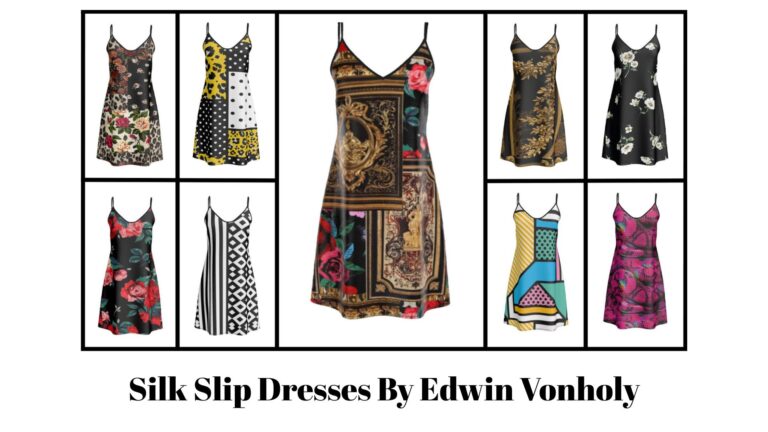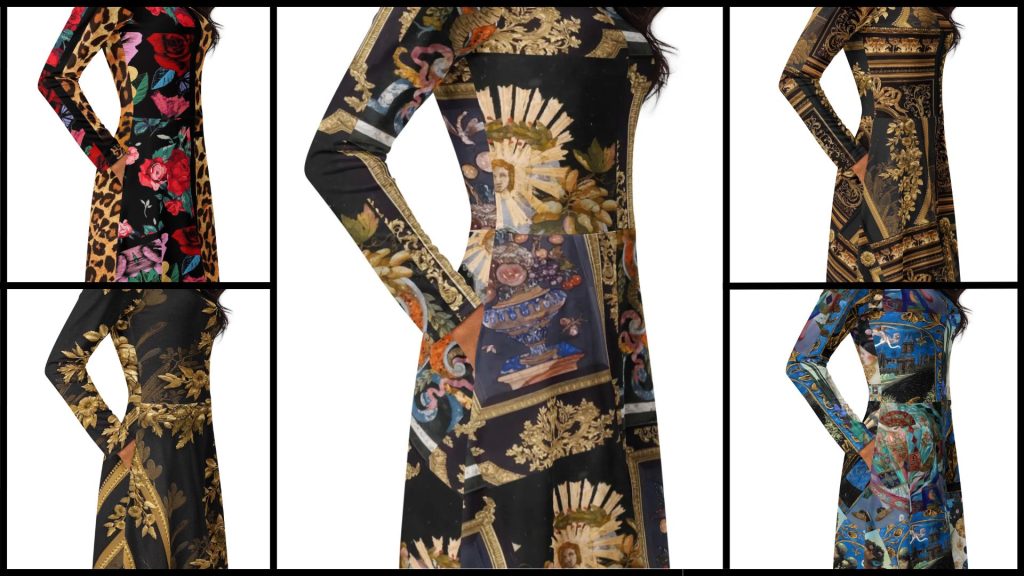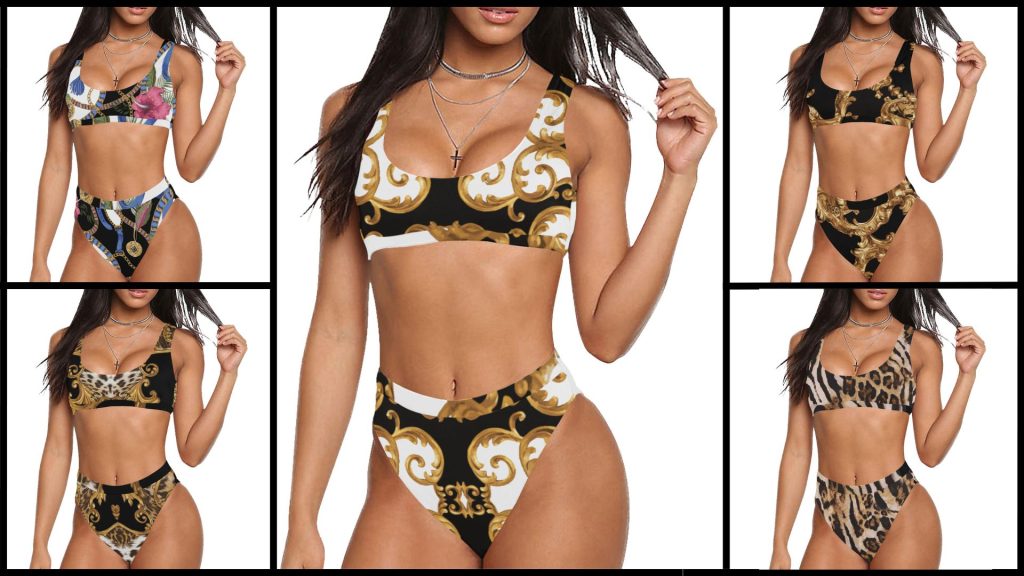How Regency Era Dresses Influenced Modern Fashion and Evening Wear
The Regency era, spanning from 1811 to 1820, was a time of significant cultural, social, and political change in Britain. It also marked a pivotal moment in fashion history, with distinctive styles emerging that would leave a lasting impact on modern fashion and evening wear. The elegant and understated styles of the Regency period, characterized by flowing silhouettes, empire waistlines, and delicate fabrics, have continued to influence designers and fashion trends centuries later. In this article, we’ll explore how Regency era dresses shaped the fashion world and continue to inspire modern evening wear today.
1. The Rise of the Empire Waistline: A Revolution in Silhouette
The Look:
One of the most notable fashion innovations of the Regency era was the introduction of the empire waistline. This waistline, positioned just below the bust, created a high, raised silhouette that was a sharp departure from the corseted, heavily structured gowns of previous eras. The empire waistline became synonymous with lightness, freedom, and elegance, capturing the spirit of the Regency period.
Influence on Modern Fashion:
The empire waistline has had a lasting influence on modern fashion, especially in dresses and evening wear. Today, variations of the empire waist can be seen in contemporary dresses, particularly in formal or evening gowns. The flattering, elongating shape of the empire waist continues to be a favorite among brides and evening wear designers, offering both comfort and sophistication. Designers like Alexander McQueen and Valentino have drawn on Regency-era styles to create modern gowns with elevated empire waistlines that exude timeless grace.
2. Lightweight Fabrics: Creating Soft, Fluid Draping
The Look:
During the Regency era, designers favored lightweight fabrics such as muslin, silk, and satin. These materials created soft, fluid draping, which contrasted with the stiff, voluminous styles of earlier periods. The choice of fabrics allowed for freer movement, which was both practical and aesthetically appealing. Muslin dresses, in particular, were a staple of the era, known for their breathable, flowing quality.
Influence on Modern Fashion:
The Regency era’s emphasis on light, draping fabrics is still a fundamental element in contemporary evening wear. Silk chiffon, satin, and other soft fabrics continue to be popular choices for evening gowns, offering an airy, graceful look that remains classic and flattering. Many modern designers incorporate draping techniques that harken back to Regency-era fashion, creating gowns that move beautifully and emphasize the natural form.
3. The Modesty of the Regency Neckline: Subtle Elegance
The Look:
Regency-era dresses often featured low but modest necklines that exposed the collarbones and shoulders while maintaining a sense of refinement and subtlety. The dresses had simple, rounded, or square necklines that revealed just enough skin to be considered alluring while remaining modest by today’s standards. These necklines were often adorned with delicate lace, ribbons, or soft trims, adding a sense of romance without being overtly revealing.
Influence on Modern Fashion:
This modest yet romantic neckline has been reincorporated into modern evening wear, with many designers choosing low necklines that are both elegant and understated. Modern adaptations of the Regency neckline are seen in many formal gowns, where soft scoop necklines, bateau necklines, and square necklines continue to dominate the scene. The balance of sensuality and modesty remains an important theme in contemporary evening wear, and Regency-inspired designs still offer a timeless option for brides and gala attendees alike.
4. Sleeveless and Short Sleeves: A Trend Toward Simplicity
The Look:
Regency fashion was notable for its departure from the heavily structured gowns of previous centuries, and this included the sleeves. Dresses often featured short, puffed, or cap sleeves, or in many cases, they were entirely sleeveless. These simpler sleeve styles were revolutionary for the time, emphasizing a more relaxed, natural aesthetic while remaining graceful and elegant.
Influence on Modern Fashion:
The trend toward sleeveless or capped sleeves can still be seen in modern evening wear. Strapless gowns, often with empire waistlines or A-line shapes, are a staple in both wedding and evening wear collections today. Capped sleeves, spaghetti straps, and off-the-shoulder designs are all modern takes on Regency-era sleeve styles. These trends allow for a chic, airy look that maintains the elegance of the Regency period while being suited to modern tastes.
5. The Regency Dress as a Symbol of Freedom and Movement
The Look:
Unlike the stiff, heavily structured gowns of earlier centuries, Regency dresses emphasized freedom of movement. The relaxed, flowing nature of the empire waistline and the use of light fabrics gave women the ability to move more freely than ever before. This shift in design was symbolic of the broader cultural changes of the time, reflecting a growing sense of individualism and liberty.
Influence on Modern Fashion:
The freedom of movement that became a hallmark of Regency dresses continues to resonate in modern fashion. Contemporary evening wear often emphasizes comfort and ease of movement without sacrificing style. The fluidity and elegance of Regency-era dresses paved the way for designs that are both practical and stunning, allowing for ease while still offering an air of luxury. Modern cocktail dresses, bridesmaid gowns, and evening gowns frequently feature flowing materials and relaxed cuts that echo the Regency period’s commitment to comfort and grace.
6. Regency-Inspired Wedding Gowns: A Classic Bridal Choice
The Look:
Regency-era wedding gowns, particularly those in muslin or silk, were typically simple yet elegant, often featuring minimal embellishments and focusing on the purity and grace of the fabric and silhouette. These gowns were often unadorned, relying on the natural beauty of the materials and the subtle drape of the design. Brides of the time favored natural, effortless beauty rather than lavish decorations.
Influence on Modern Fashion:
The influence of Regency wedding gowns can still be seen in today’s bridal fashion. Modern brides often opt for simple, flowing gowns with empire waistlines, soft fabrics, and understated details. Designers like Jenny Packham and Elie Saab create collections that channel Regency simplicity, favoring sleek silhouettes and light, ethereal fabrics. The minimalist wedding gown inspired by the Regency period has become a timeless choice for brides looking for something that feels both classic and modern.
7. Accessories: Subtle and Refined
The Look:
Accessories during the Regency era were modest yet refined. Simple lace veils, pearls, and delicate hair combs were the main adornments, allowing the dress to remain the focal point. Brides and women of the era also wore short gloves, often in white or ivory, adding a touch of formality and sophistication.
Influence on Modern Fashion:
Modern evening wear and bridal fashion continue to favor subtle accessories that complement the dress without overshadowing it. Pearls remain a classic choice for jewelry, while soft lace veils and short gloves are still used for weddings and formal occasions. The concept of accessorizing with restraint and letting the overall outfit shine remains a hallmark of modern evening and bridal fashion.
Conclusion
The Regency era’s fashion revolutionized how women dressed, offering a break from the heavy, structured gowns of the past and embracing a style that was both graceful and free-spirited. The legacy of Regency-era dresses continues to shape modern fashion, from evening wear to bridal gowns, where empire waistlines, soft fabrics, modest necklines, and flowing designs still play an integral role. Today, Regency-inspired fashion remains timeless, providing a sophisticated and romantic aesthetic that never goes out of style. As fashion evolves, the influence of this elegant era continues to be felt, solidifying its place in the history of modern fashion.






